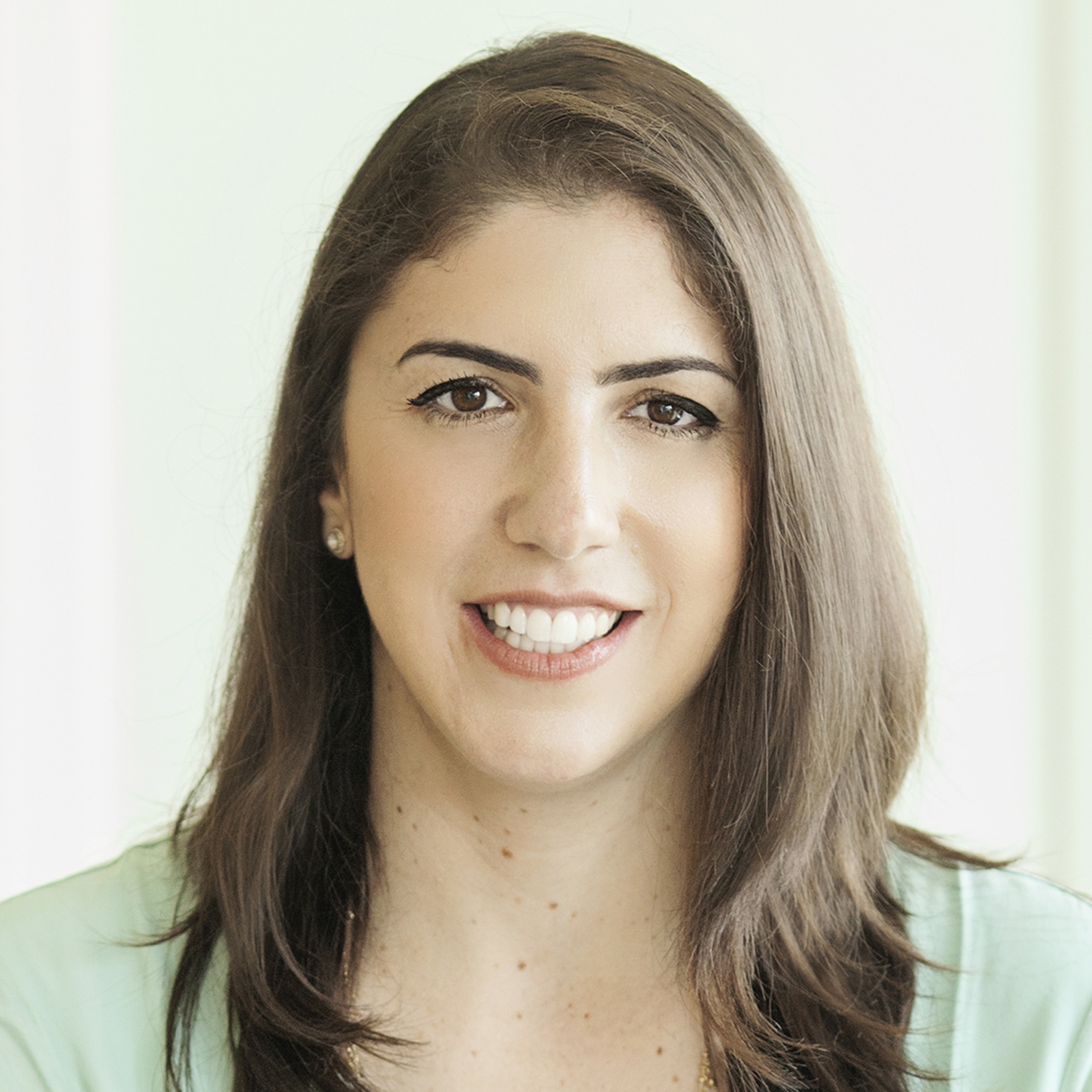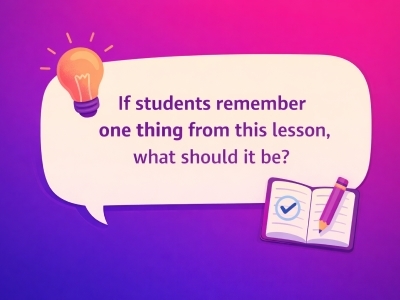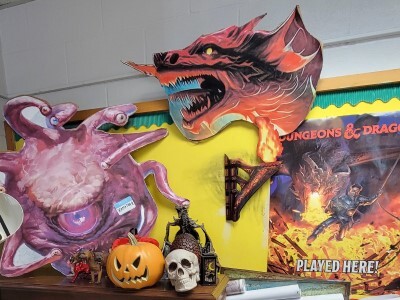Symbols of Our Learning: Personalized Learning in 4 Schools
Topics
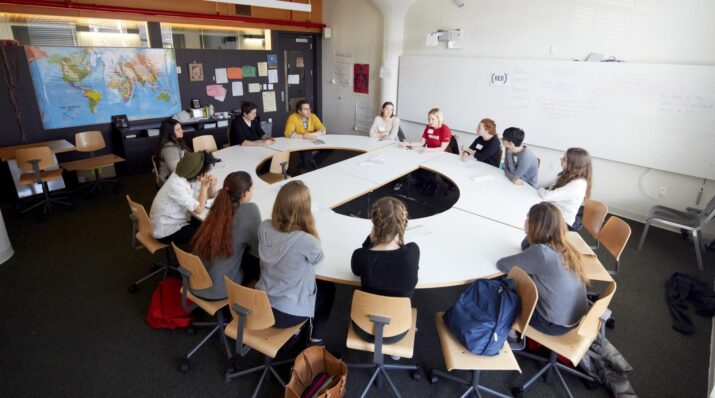
We’ve all had the experience of truly purposeful, authentic learning and know how valuable it is. Educators are taking the best of what we know about learning, student support, effective instruction, and interpersonal skill-building to completely reimagine schools so that students experience that kind of purposeful learning all day, every day.
Practitioner's Guide to Next Gen Learning
The holiday season reminds us of the power of symbols. Artifacts from a recent trip to NYC are symbols of personalized learning schools in action.
Each year, the holiday season reminds us of the power of symbols. Even our youngest children who cannot yet read are easily able to recognize the lights, stars, and bells that adorn our city centers and homes.
I was reminded of the power of symbols and artifacts last week when I led a group of fifty NGLC breakthrough model school leaders to visit a few NGLC schools and other personalized learning schools in the New York City area.
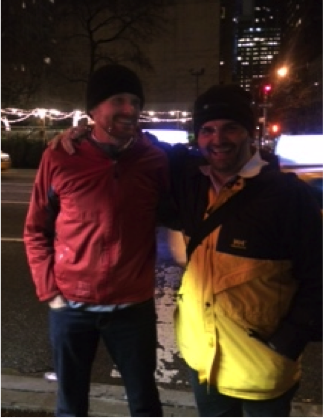
Two of our favorite Californians—Jon Deane and Jon Glover—not quite sure what to make of the cold.
It was an ambitious program—made even more challenging by the white, wintry mix that serenely fell on the Big Apple. We started our trip at Merit Prep in downtown Newark, NJ, and proceeded to transverse the bridges and tunnels of the boroughs to visit the Avenues Schools in Manhattan; The Brooklyn Lab Charter School in Brooklyn; MS88, a New Classrooms school, also in Brooklyn; and Scholars Academy, an NYC DOE Innovation Zone school out on the beaches of Far Rockaway, in Queens.
Sometimes pictures are worth a thousand words, especially in a field as new as personalized learning. So I’d like to share with you symbols of our learning—one visual artifact from each school we visited—this way, you too can share in our learning.
Today, I’ll share artifacts from Merit Prep and Avenues: The World School. In my next post, I’ll share an artifact from the schools we visited on the second day of our trip.
Merit Prep
A GPS Tracks Students’ Locations in Personalized Learning
Now in its third year of operation serving students in grades 6-8, the downtown Newark school, located across from historic City Hall, has evolved its model each year of operation. This year, on the heels of a merger between Matchbook Learning and Touchstone Education, the school is adhering to Matchbook’s “GPS” model. The GPS or bull’s eye is clearly posted in each classroom to signify to everyone—students, teachers, visitors, and parents—how personalized learning will work in the school.
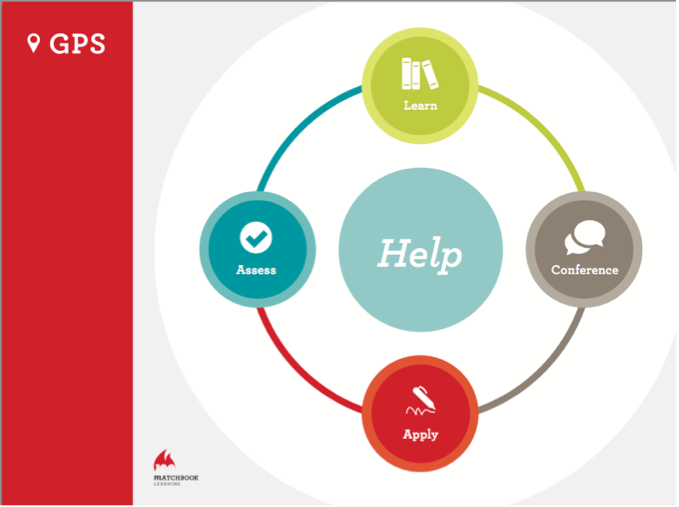
Standards have been broken into competencies that students must master before moving on. Students place their own magnets on the GPS as they progress through the stages of the GPS cycle.
The first stage—Learn—involves individualized lessons and materials based on the needs of students. The second stage—Conference—requires students to conference with both peers and teachers to demonstrate learning and clarify questions. Apply involves students engaging in more hands-on demonstrations of learning followed by an Assessment of each standard.
Visitors to Merit Prep are able to observe how the GPS model has been incorporated into the structure and way of life of learning at the school. As I watched students own their own learning by moving their magnets through the cycle, I kept on thinking back to when I was a first-year teacher and how helpful such scaffolding would have been for me. Matchbook has truly pared down the essence of the teacher’s role—conferencing, tutoring, small group instruction, and assessment—by creating an organizing pedagogical method and providing high-level, adaptive curriculum online to free up the teacher to meet the students’ individual needs.
Avenues: The World School
Harkness Tables for Socratic Discussions
On our way into Manhattan from Newark, we stopped in Chelsea to see the beautiful new facility that houses the independent, pre-K-12 Avenues: The World School. Led by the former headmaster of Exeter Academy, the school model involves technology integration, multiple modes of learning, and an intensive language immersion program (students can choose either Mandarin Chinese or Spanish).
What makes the school model particularly relevant to breakthrough school models and personalized learning is that the goal of Avenues is to create an excellent independent school model that can be replicated at scale across the world. Avenues has campuses slated to open in other major cities in the coming years. As Avenues’ Headmaster Tyler Tingley shared, the challenge of such replication at scale has never been accomplished—as so much of the excellence of independent schools is based on an individual school’s legacy, history, alumni, and local context. In the independent school market, replication at scale while preserving quality of the flagship school is a challenge.
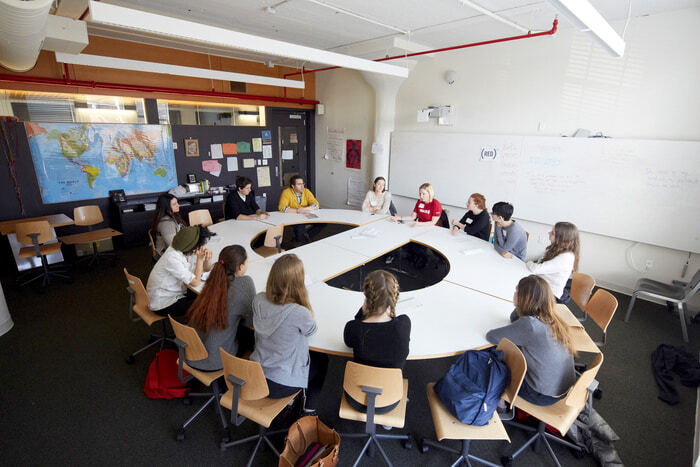
One artifact from Avenues that stood out to the educators in our group was the omnipresent Harkness table (pictured above) found in most secondary classrooms at the school. The specially constructed table is intended to support Socratic discussions where teachers employ a distinct method of questioning students in either a full or half circle—the table can be assembled in a variety of configurations to support the pedagogy.
The table represents the core design challenge that Avenues is taking on. Can an icon of Western, classical education going back to Ancient Greece be applied to other cultures and geographies with the same level of quality? What does personalized learning mean in other cultural contexts?
Next week, in the second part of my post, I’ll share more artifacts from our trip to NYC. In the meantime, happy holidays from your friends at NGLC!

